
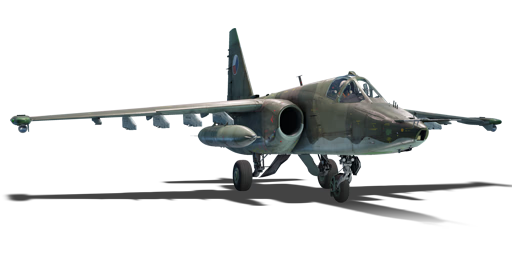


During the early 1970s, it was noted that the Soviet Air Force's CAS capabilities were very underwhelming compared to their adversaries. The ground attack variants of the MiG-21 and MiG-23 lacked sufficient armour, cockpit visibility, and ground ordnance for heavy ground attack missions, whereas the Su-7 and older variants of the Su-17 were deemed "obsolete" and did not meet the requirements of the Red Army. As a result, the Soviet Ministry of Defence announced a new design competition among its design bureaus, for a new heavy-weight subsonic dedicated attacker. In the end, of the promising designs of the Sukhoi T-8 and the Ilyushin IL-102, the Sukhoi design was chosen and ordered into production in 1978 as the "Su-25". The aircraft would enter production just in time to see service in the Soviet-Afghan War the following year. Shortly after it entered production, a slightly modified variant with cheaper/simpler electronics was devised for export, titled the Su-25K.
Introduced in Update "Drone Age", the Su-25K is the export version of the base Su-25 model, intended for Warsaw-Pact countries and overseas customers with minor internal differences in terms of certain equipment. Due to this similarity with its base model, the Su-25K plays in an almost completely identical manner. The aircraft is most remarkable in mixed battles, where its large amount of countermeasures, great armour around the pilot and engines, and plethora of guided and unguided ground ordnance (coupled with two R-60MK all aspect air-to-air missiles for self defence) makes it a true force to be reckoned with in Ground Realistic and Ground Simulator battles. The Su-25K is also no slouch either in air battles, due to its stable airframe, all aspect missiles, abundant countermeasures, powerful 30 mm cannon, and surprising agility when not loaded with the usual heavy ground-striking ordnance. All in all, the Su-25K is a very potent aircraft wherever it is used, and its premium earnings bonuses are a nice extra over its tech tree brother.
flaps
flaps
flaps
brake
| Belt | Belt filling | Armor penetration (mm) at a distance: | |||||
|---|---|---|---|---|---|---|---|
| 10 m | 100 m | 500 m | 1000 m | 1500 m | 2000 m | ||
| HEFI-T/APHE | 42 | 41 | 35 | 29 | 23 | 19 | |
| AP-T/HEF-I/APHE/HEF-I | 56 | 54 | 46 | 38 | 31 | 26 | |
| AP-T/APHE/APHE | 56 | 54 | 46 | 38 | 31 | 26 | |
| APHE/HEF-I/HEF-I/HEFI-T | 42 | 41 | 35 | 29 | 23 | 19 | |
| APHE/HEF-I/HEF-I | 42 | 41 | 35 | 29 | 23 | 19 | |
| Name | Weight | Slot | ||||||||||
|---|---|---|---|---|---|---|---|---|---|---|---|---|
| 44 kg |  |  | ||||||||||
| 32 × | 225.5 kg |  |  |  |  |  |  |  |  | |||
| 20 × | 376 kg | 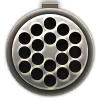 |  |  |  |  |  |  |  | |||
| 5 × | 505 kg |  |  |  |  |  |  |  |  | |||
| 235 kg |  |  |  |  |  |  |  |  | ||||
| 370 kg |  |  |  |  |  |  |  |  | ||||
| 367 kg |  |  |  |  |  |  |  |  | ||||
| 4 × | 456 kg | 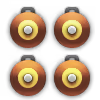 |  |  |  |  |  |  |  | |||
| 250 kg |  |  |  |  |  |  |  |  | ||||
| 508.3 kg |  |  |  |  |  |  |  |  | ||||
| 275 kg |  |  |  |  |  |  |  |  | ||||
| 515 kg | 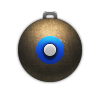 |  |  |  |  |  |  |  | ||||
| 374 kg |  |  |  |  |  |  |  |  | ||||
| 410 kg | 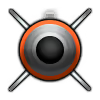 |  |  |  | ||||||||
| 318 kg |  |  |  |  | ||||||||
| 297 kg | 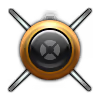 |  |  |  | ||||||||
| Drop tank (820 liters.) | 59.4 kg |  |  |  |  | |||||||
| 94.3 kg | 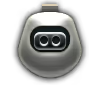 |  |  |  | ||||||||
| 657 kg |  |  | ||||||||||







 2 x (90 / 310 / 600) %
2 x (90 / 310 / 600) % 
 2 x 232 %
2 x 232 % 

Flight performance |
|---|
Survivability |
|---|
Weaponry | |||
|---|---|---|---|